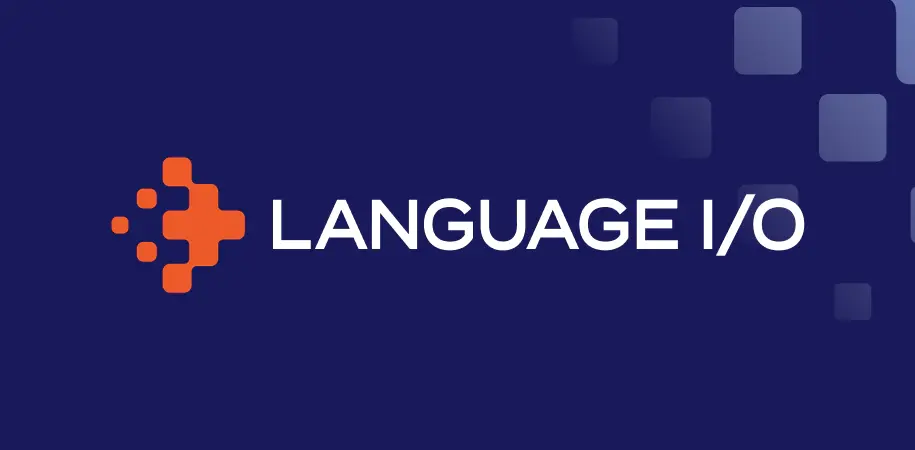The gaming industry brought in $160 Billion worldwide in 2020, making it one of the largest sectors in the entertainment industry. Almost half of that revenue – 45% – came from international sales. With this many international customers, it’s essential for gaming companies to offer multilingual support.
Yet currently, only 30% of all gaming companies offer in a language other than English. This represents a big opportunity for companies to differentiate from their competitors by offering multilingual support to their customers worldwide.
Why Put the Effort into Multilingual Support?
Today’s customer support doesn’t just happen in a single channel. Several years ago, phone and email communication dominated. Now, however, there are now many different post-sale channels of player support available. In addition to phone and email, there are now chat bots, help articles and guides, social media, player feedback, and user-generated content, to name a few.
Gaming companies have control over their own channels, like phone, email, and chat. Other channels, like forums and social media, are completely out of your control. However, you can’t ignore them. They make up a big part of the global gaming experience. Players also post reviews, player-generated tutorials, and even write their own fan fiction for others to read. All this activity keeps users engaged and attracts new users, so you need to be monitoring and interacting.
Add to the equation that half of your users come from someplace outside of the United States and may prefer a language other than English, you need to be ready with a reliable translation method that will work with all channels.
Improving Service Metrics
You’re probably already monitoring your customer support metrics to have an idea where you stand with your customers, and see where you can improve. Some of the common metrics that correlate to customer loyalty and can improve with multilingual customer service include:
- Customer satisfaction score, or CSAT. This comes from asking customers to rate their experience with your product or service, and shows how customers perceive you at this moment in time.
- First call resolution, or FCR. This measures if a problem is resolved on the first call, or if follow-up is required.
- Mean time to resolve, or MTTR. This metric measures the amount of time it takes to resolve an issue.
Once you’ve established a baseline with each of these metrics, you’ll have a snapshot of what customers think of you. The value comes from looking at these metrics together, along with other data you may have, and seeing how they change over time. Together, they can give you a broader picture of customer satisfaction, as well as an idea of where you can provide better, more personalized customer experience.
Stand Out by Providing a Better Customer Experience
Overall, the benefit of multilingual customer support is providing a good customer experience. When customers that like your game also feel appreciated, they’ll keep coming back and buying your next product. Yet only about one third of all companies provide support in a language other than English.
If you’re ready to get started, there are several translation options available for companies to deploy. You could hire and train multilingual customer service representatives, or hire human translators. Both of these options can work, but only if you don’t need translations immediately. Each one takes an investment in time and training, time which you may not have.
There are also machine translation engines you can use. Most are single engines that have to be programmed and trained and updated separately for each language you need. If you want to provide customer service in five different languages, you’ll have to program five different translation engines.
However, today there’s an option that’s not only fast, but accurate. Language I/O is a technology that uses multiple machine translation engines to return the most accurate translations. It lets you load your own custom vocabulary, which is ideal for gaming companies where users utilize slang, jargon, and words that were created specific to the game, and that don’t always have direct translations into other languages.
In addition to accurate translations of gaming terms, Language I/O is fast to deploy. You won’t have to wait weeks to build new chatbots with additional languages. The technology is designed to integrate with many popular digital engagement platforms, and has APIs for other channels, making it versatile and able to fit with the platforms you’re currently using.
Are you offering multilingual support to your gaming customers? Stand out from your competitors and give your customers the option of conversing in their preferred language. With Language I/O, you can be up and running in a short time and provide faster, more accurate translations.



